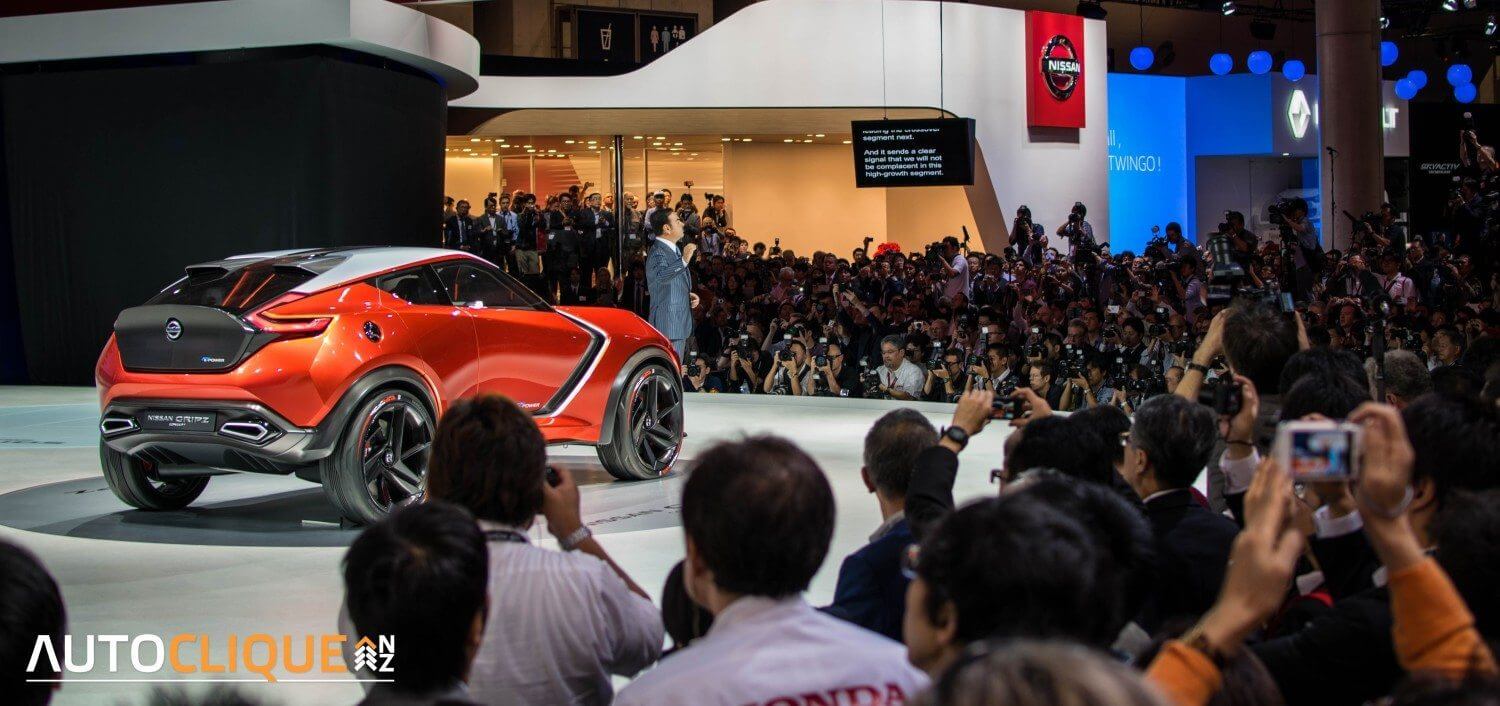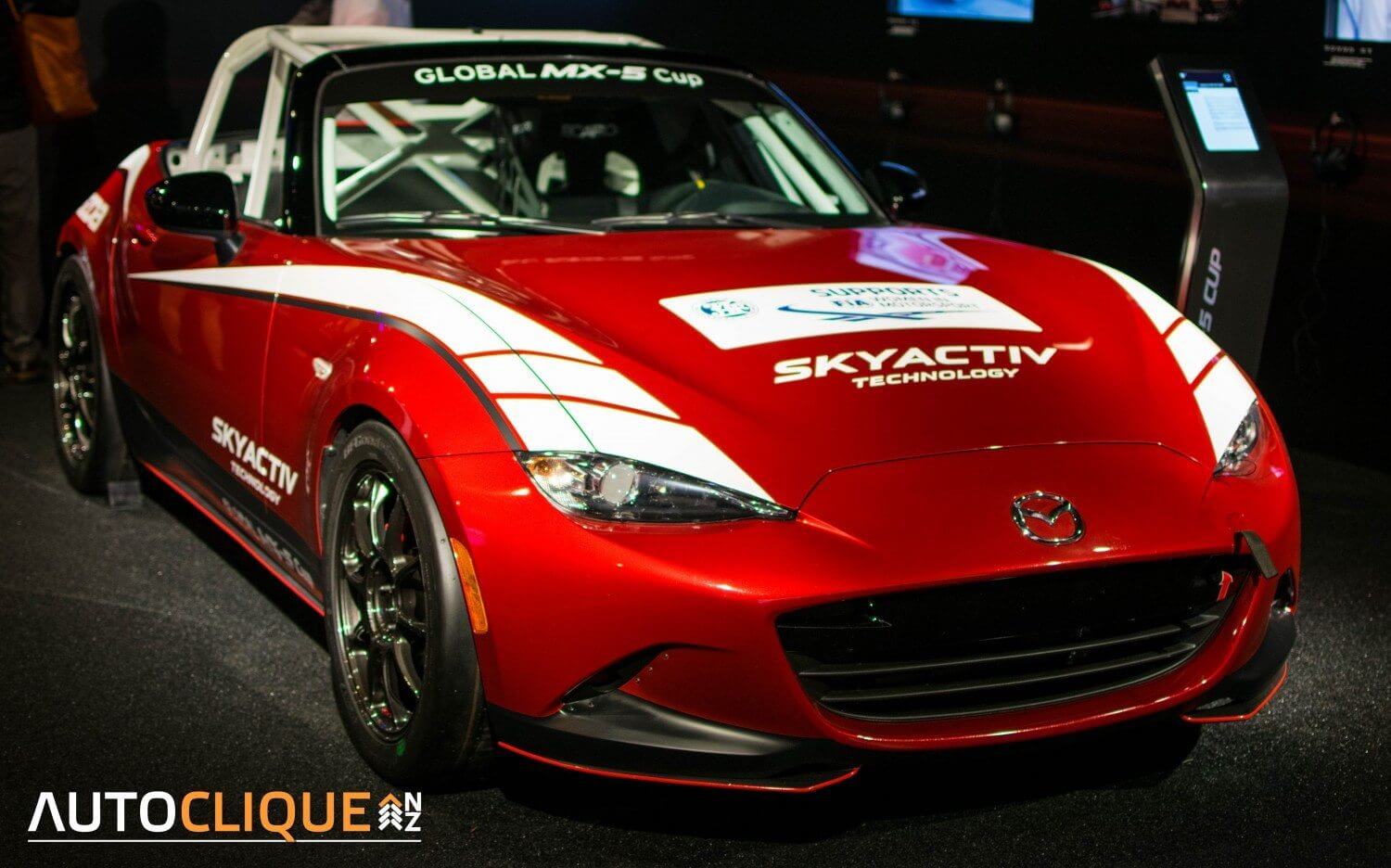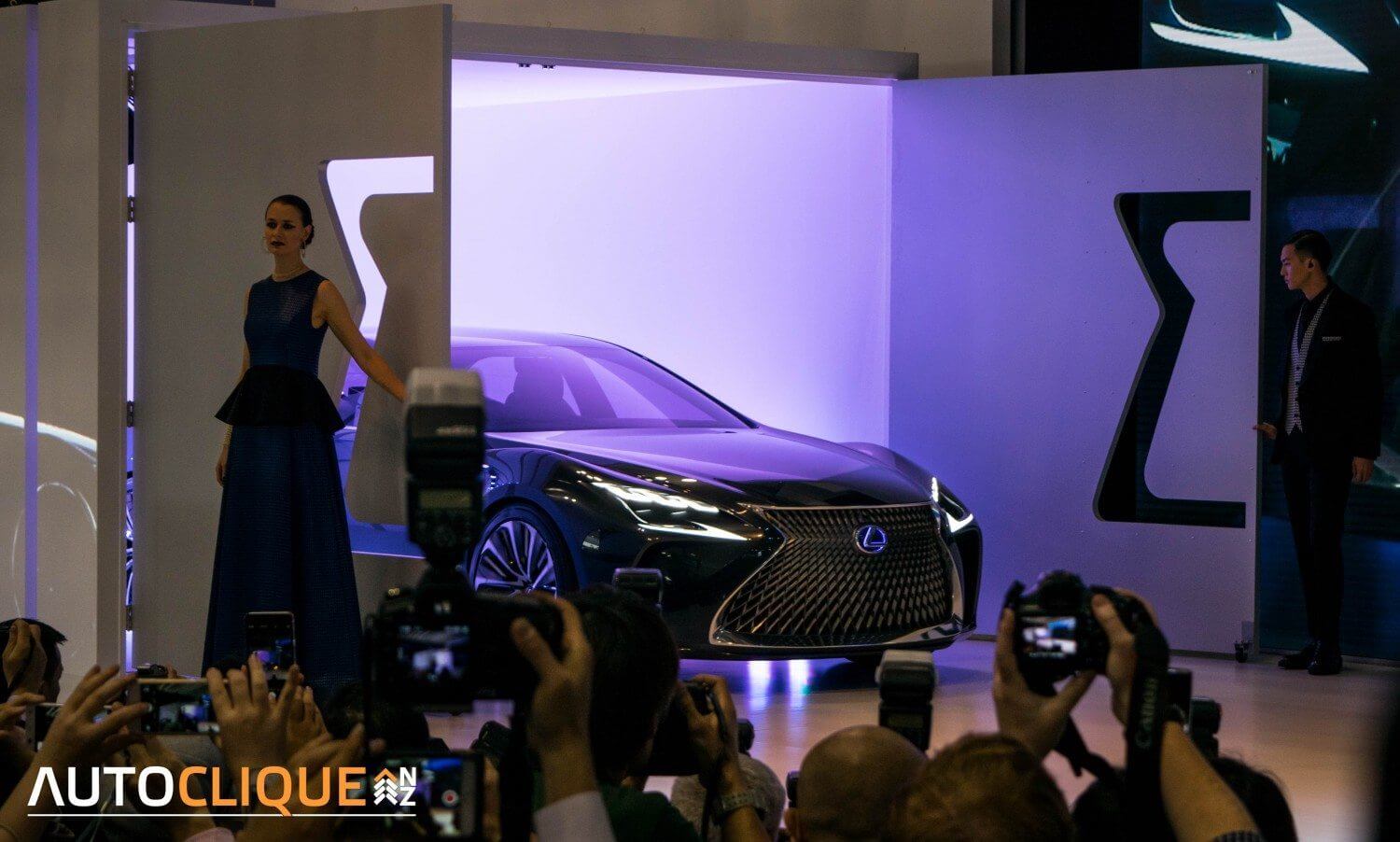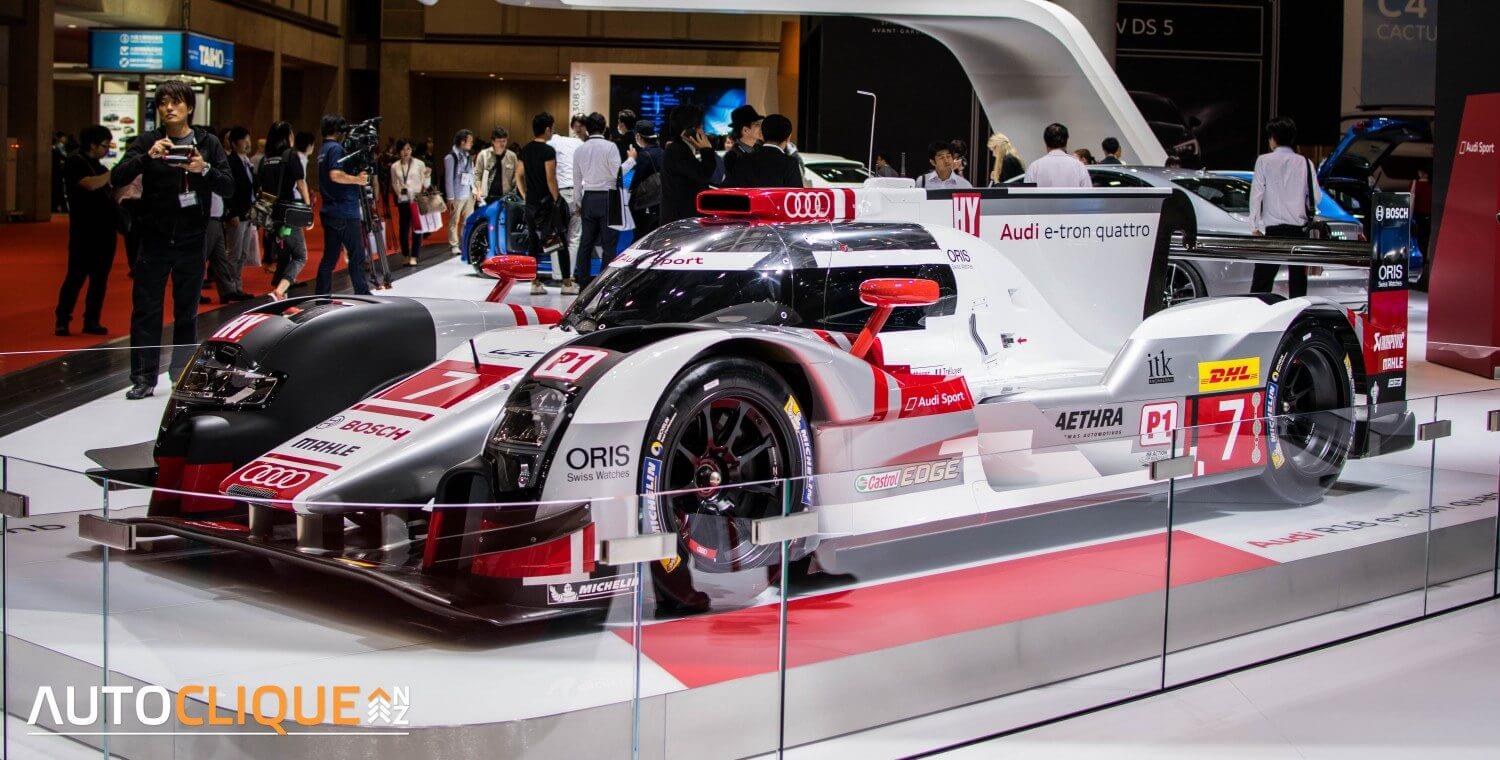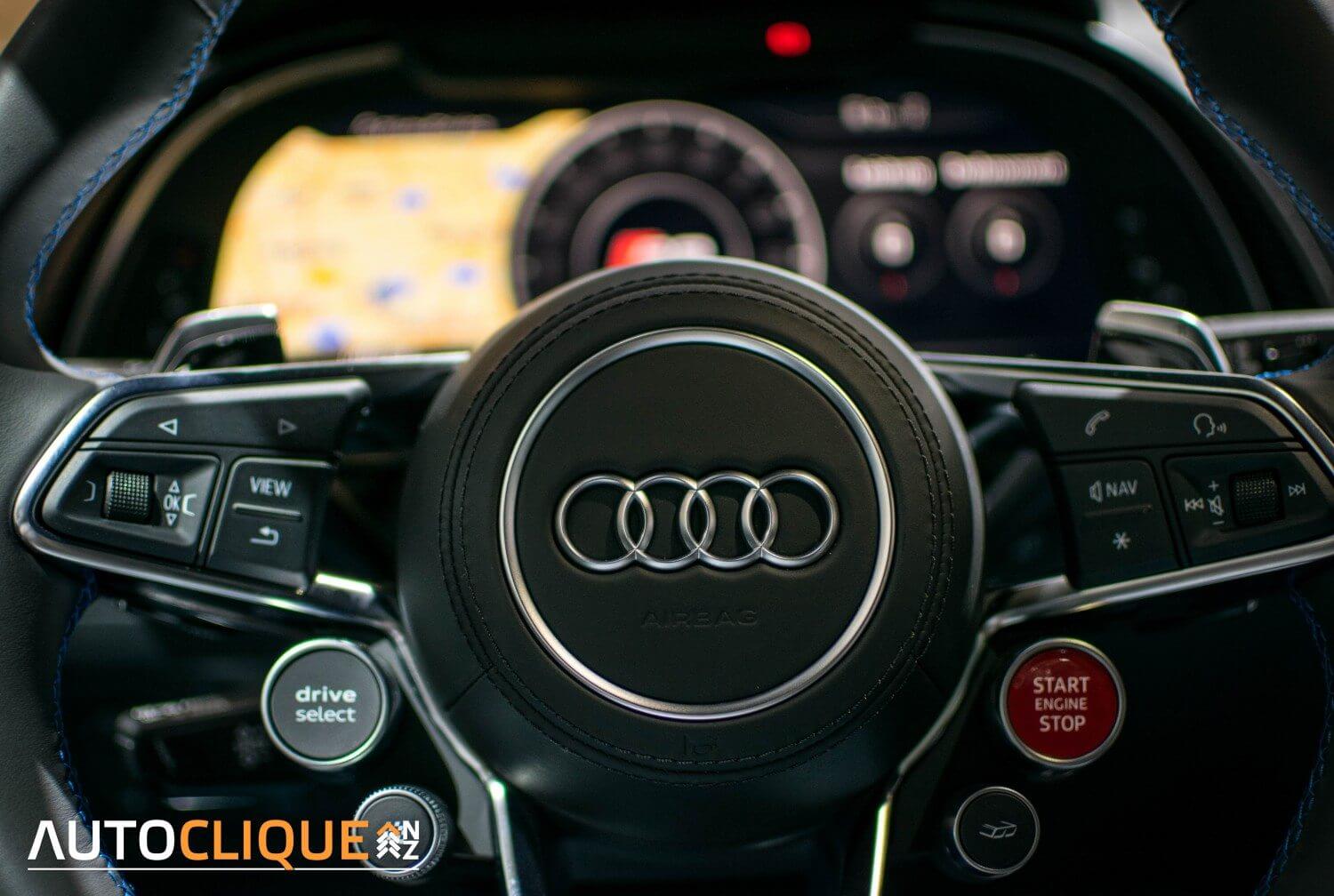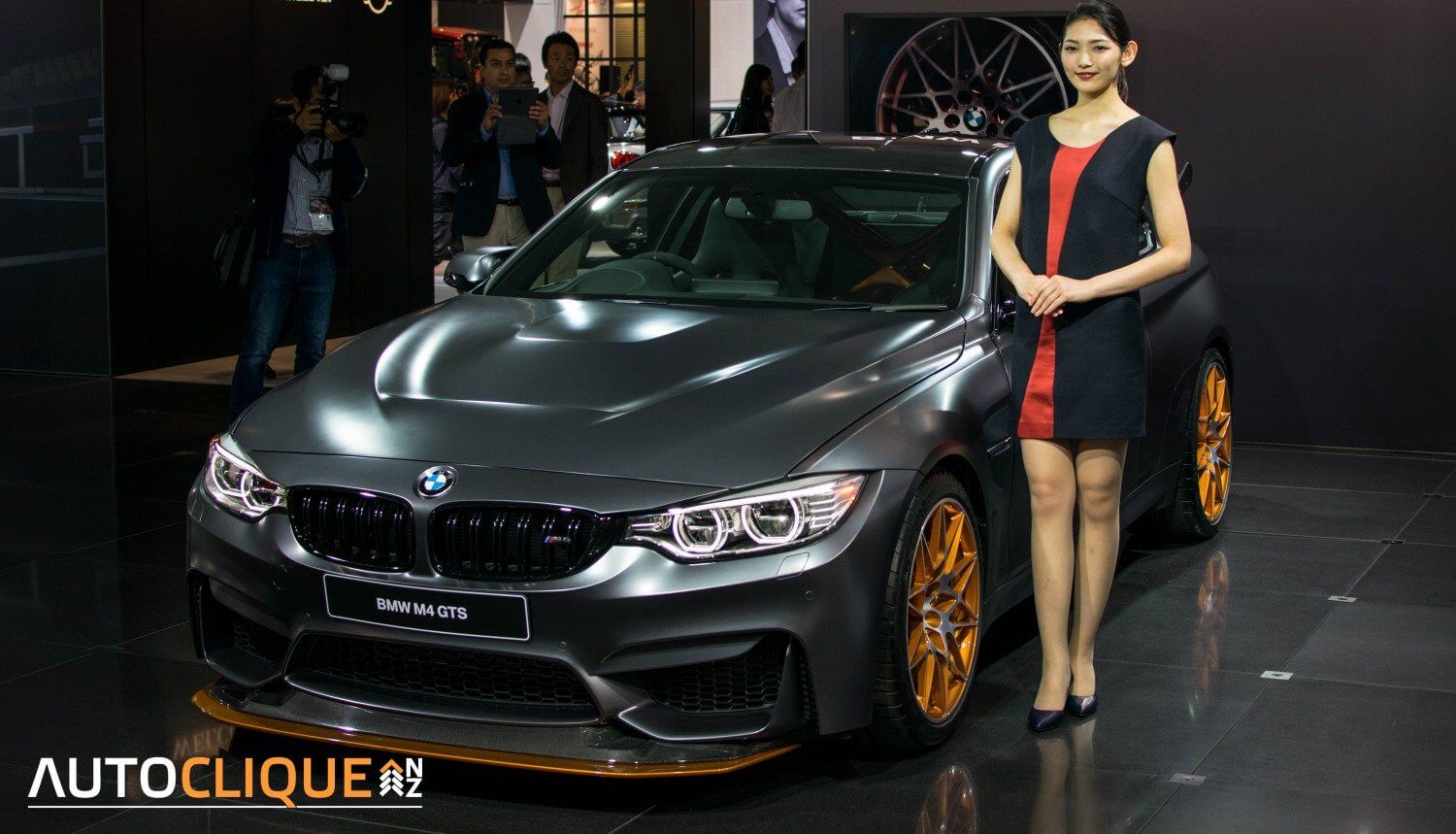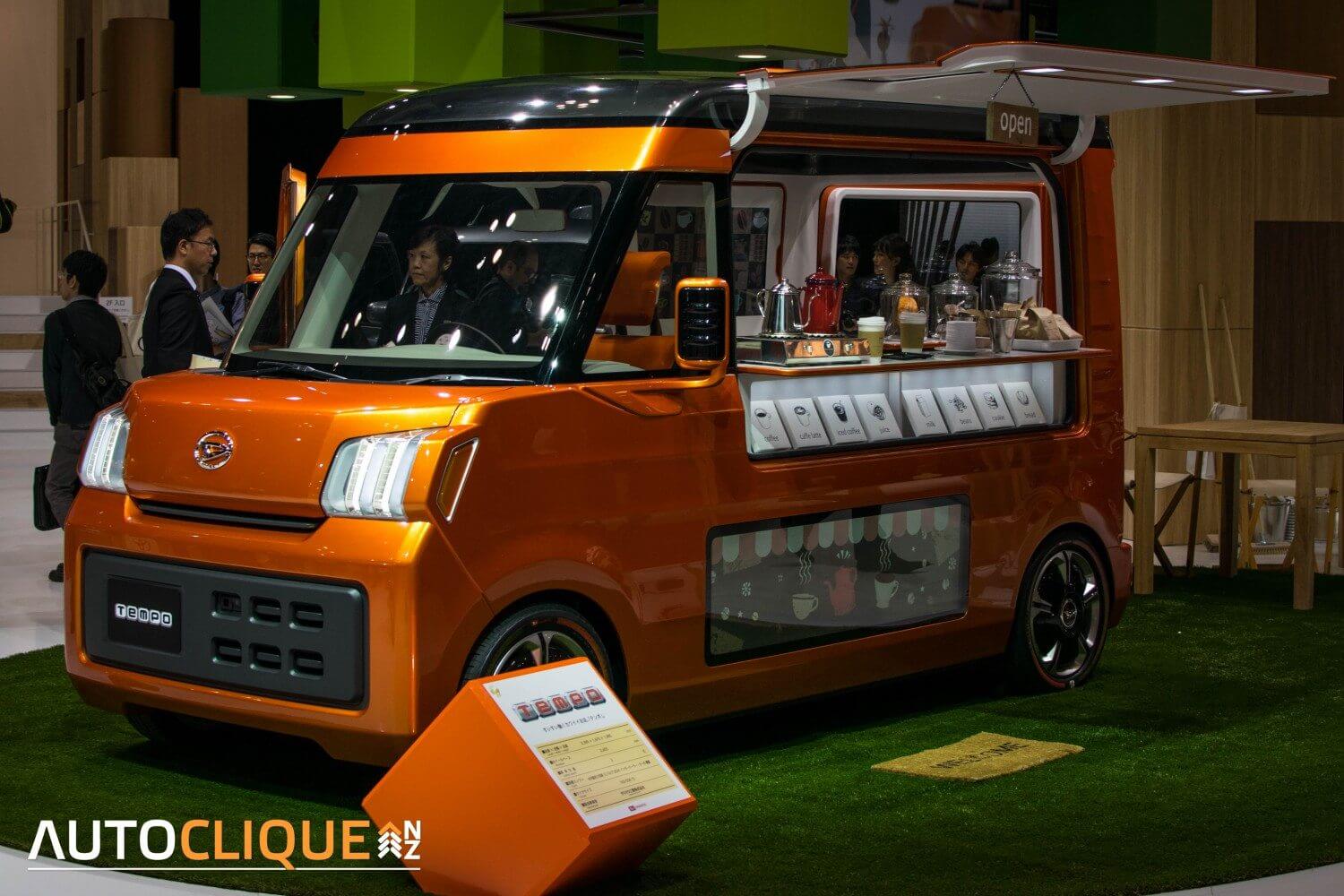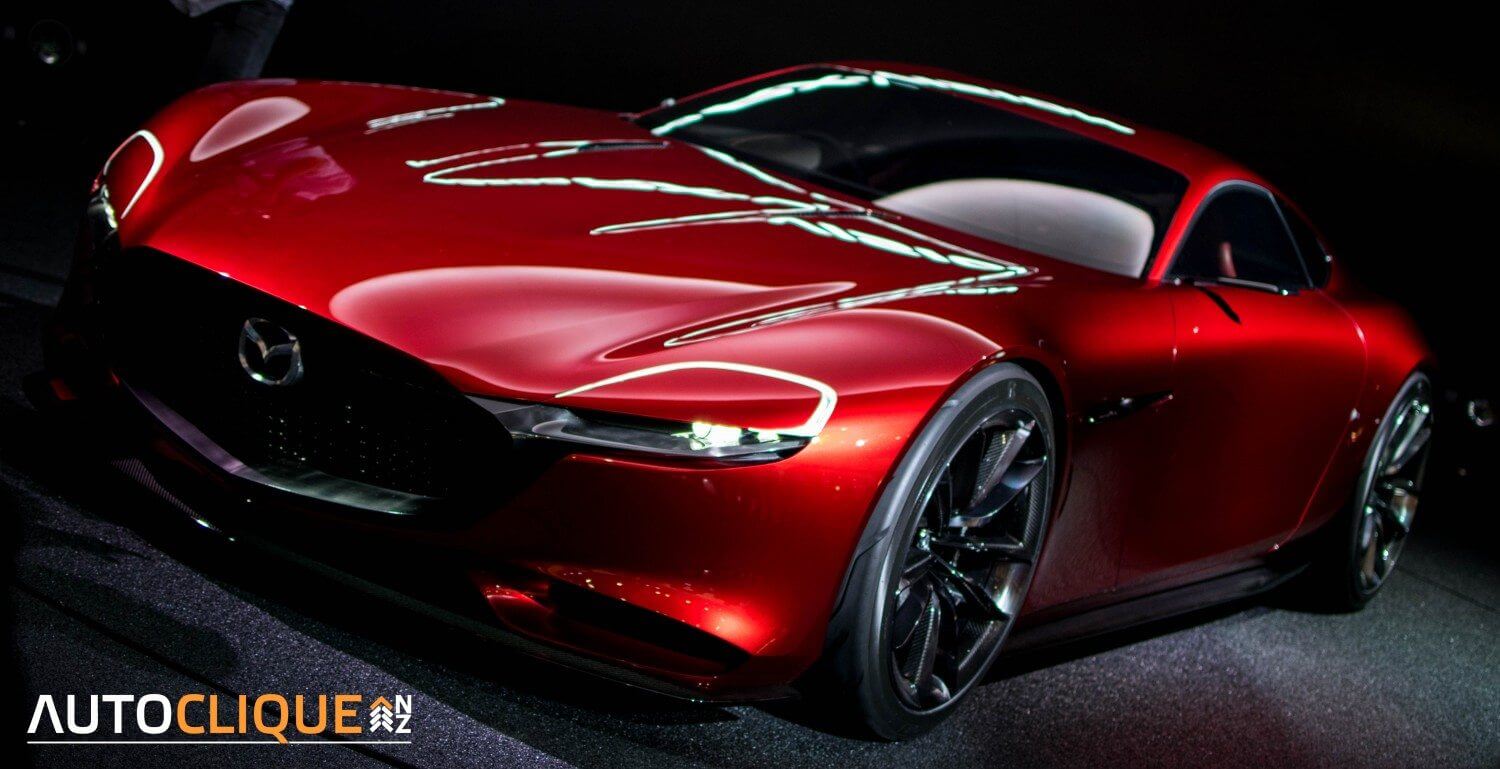This one will be a bit different; I’ve already done a round up of some of the show’s highlights in a previous article which you can read here. For this one I’ll talk about the many experiences I had at my first “proper” international motor show and some you might also experience should you decide to go to one of these events.
The Tokyo Motor Show happens every two years. It gets swapped around with the Paris Motor Show but usually happens around October/November. It’s easily one of the largest and most important shows on the automotive calendar as it’s a chance for manufacturers to bring out crazy concepts and give Japan, Asia, and the World a glimpse of whats to come in the following year(s).
This year Tokyo didn’t disappoint with whacky concepts and important cars. But more on those later.
I sort of wished there was a guidebook to doing motor shows. I arrived 10 minutes before the doors opened on the first press day and I felt pretty good about my timing. There were hardly anyone on the monorail to get to Tokyo Big Sight where the show was held at. I took this as a sign that I was early.
Unfortunately when I got to the gates there was already a huge queue. If I hadn’t already mentioned, Japanese people love queueing. Anything that requires precision, order, and patience becomes something of a hobby here. Anyway, as soon as it got to 8:00am the world’s motoring journalists flooded the halls of the convention centre.
I had planned to jump from one press conference to the next, thinking this was a smart idea to spend equal amounts of time at each booth. When I got to Mazda I soon learned the hard truth of being a motoring journalist in a motor show. It’s a dog-eat-dog world out there.
Everyone was fighting and scrambling to get the best position to capture the unveiling of the RX-Vision concept which would be under covers until 8:30am. You had photographers positioned on platforms behind and pushy reporters wrestling their way through their peers to get the “first exclusive” shot of this highly anticipated car.
Which was ironic because there were so many people pushing and shoving, it was bloody hard to get a good shot of the car. And one that was different to everyone else’s too. So one thing I took away from all this was an even deeper respect and admiration for all the photographers for magazines and websites.
It seems all glamour and fun but it’s quite a lot of work. After Mazda everyone made their way over to Renault-Nissan. I completely missed the Renault conference because I was utterly enchanted by the RX-Vision. But it was no biggie as they only talked about the Twingo and Clio RS.
Over at Nissan there was an even larger crowd gathered, so large I had to make do with a spot at the very edge of the stage. Luckily there were screens so I was able to see the GripZ and IDS Concepts being shown.
It went all a bit dark from there because it was VW’s turn. VW Group Japan started off with an apology to its customers here for the damage to its reputation, even though none of the cars imported by VW Japan were affected as they never sold diesels here. Then we had the new CEO of VW Cars also give an apology before talking about VW’s commitment to EV cars. Cue the Tiguan GTE plug-in hybrid.
After this I got a bit bored with all the press conferences so I went rogue from my itinerary and wandered about the halls minding my own business. This was the best way to see the show, to be perfectly honest. Pick one side of the venue, start there, take your time, and make your way around the whole show.
Because of competition, everyone was rushing around trying to get their posts and photos up before everyone else. You couldn’t spend much time with each manufacturer, that is of course unless you were interviewing one of the execs.
Speaking of which, one of the best moments for me at the Tokyo Motor Show was seeing people from other manufacturers checking out the competition. I spotted a couple of Lexus guys next door at the BMW stand looking at the new 7-Series, perhaps to get inspiration for the next LS. Curiously, the Mazda RX-Vision caught the eye of a few young German staff members from Porsche.
It was great to see the important figures of foreign manufactures coming all the way to Tokyo for this show, and even the likes of Porsche, BMW, and MINI launching world premieres of their latest cars here. It’s a sign of the importance of the Japanese market for these brands as well as a good way of sucking up the Japanese public by making them feel special.
By lunchtime I was hungry, tired, and the excitement from the morning had worn off. I genuinely thought it’d be all smiles and champagne but it’s not. That’s not to say I didn’t enjoy it, it was one of the best days of my life, it just wasn’t what I thought it’d be. The press got a free lunch, but it was only a sandwich and some fruit. I had to have more to keep me going.
Some manufacturers were nicer than others. I wish I had known at the time but I got told by another journalist who was there Mazda had sushi and ice cream while BMW had a VIP buffet and a Nespresso machine. If I had known this I wouldn’t have hung around Honda with their orange juice and Evian. At least they had free wifi.
Oh, and one thing you’ll notice at any Japanese car show (Tokyo Auto Salon, Special Import Show) is that Japanese photographers take as many photos of the show girls as they do the cars. I’m not going to deny any warm blooded man the right to oggle a beautiful woman, but at times I did think “can you move a bit to left so I can get a photo of this car?” That said, Jaguar did have the best models on display. Let’s leave it at that.
Right, I guess I should talk about some cars then. Well to be perfectly honest I made a rookie mistake. Either it was from exhaustion or because I couldn’t really be bothered, I forgot to check out the ‘Smart Mobility’ area of the show, which was one of the major themes for this year. So I’ll have to go back and look at that. Damn. But Daihatsu definitely had some of the whackier concepts this year.
There was the Daihatsu Noriori which was designed to be a disabled person’s best friend with easy wheelchair access and home-like amenities. They also had the Hinata which came with a ukulele, so it’d appeal to hipster youths. And then finally the Tempo Concept, which is essentially a kei-van with a coffee shop in the back. God bless Daihatsu.
But thank god for Mazda. They were undoubtedly the star of the show. While everyone else harped on about EVs, fuel cell vehicles, “sincere apologies”, unrealistic concepts, and autonomous driving, Mazda dared to defy the norms and give us petrolheads something to be genuinely excited about. Their whole “Be a Driver” slogan is more than marketing fluff. I got the sense that they actually meant it.
There were not autonomous cars, no EVs, or hybrids on display at Mazda. Instead you had their full range of rather good looking cars, the Koeru Concept, a MX-5 Club Racer, and even an old Cosmo Sport. No other manufacturer showed a car from their past because they were all so fixated with the future. Mazda clearly still remember the good old days.
Even if you don’t like the way the RX-Vision looks (and you’d be in the minority) you have to love what it stands for. The other car that really got me excited was the Honda NSX but that is a technological marvel with an price tag to match. Its unattainable for most of us and while I’m sure it’d be great fun, with a complex hybrid system adding weight it’s far from the pure sports car it once was.
However, the RX-Vision with a SkyActiv-R ’16X’ engine, a manual gearbox, and rear-wheel drive means Mazda have looked at what made them great in the past and hope to drive them forward into the future. I admire Mazda’s dedication to the internal combustion engine and for sticking up for people who love driving. I really hope the RX-Vision becomes everything they promised it’d be, and some. It was the car I kept going back to. Even if I was at the other end of Tokyo Big Sight, I still did the five minute walk to get to the Mazda stand to see it more and take more photos.
I’ve gone a bit off topic here. I could honestly keep going and praising Mazda for their, ahem, visionary concept car. That car, the kill-or-be-killed attitude of most of the press, and vast scale of the motor show were some of the best things I experienced at my first motor show. At least now I’m prepared for the next one.
If you’re planning a trip to Tokyo I’d recommend planning one around the Tokyo Motor Show. It’s an experience unlike any other. I’m sure it’d be different at Frankfurt, Geneva, or Detroit too. But the Tokyo Show, for all its quirks and crowds, is still a lot of fun. I mean where else are you going to see the CEO of Toyota enthusiastically shout ‘Wow’ several times in the space of a few minutes.


